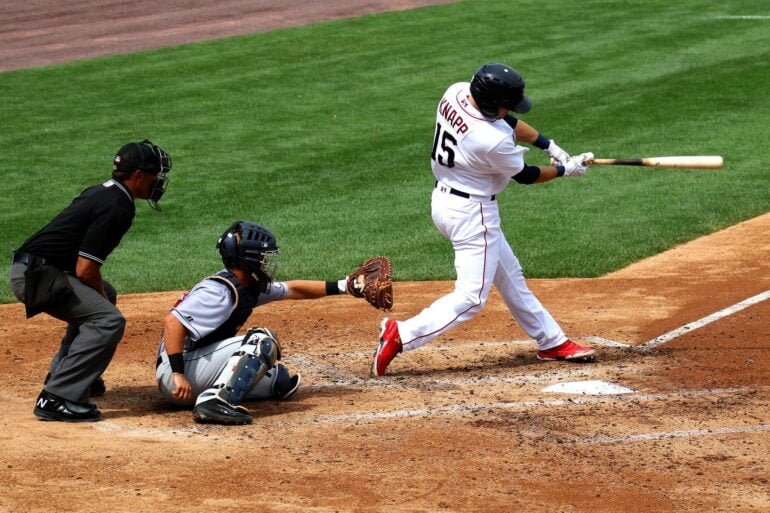Crunching the Numbers: Understanding SLG in Baseball
In the world of baseball analytics, metrics provide valuable insights into player performance and team dynamics. Among these metrics, SLG stands as a powerful indicator of a player’s offensive prowess. But what exactly is SLG in baseball? In this article, we delve into the definition, significance, and implications of Slugging Percentage, shedding light on its role in evaluating a player’s hitting ability.
Introducing SLG: A Measure of Hitting Power
Decoding the Acronym
SLG stands for Slugging Percentage, and it’s a fundamental statistic that offers a deeper understanding of a player’s impact when they step up to the plate. While batting average measures a player’s ability to get hits, SLG dives into the quality and impact of those hits.
Defining Slugging Percentage
Calculating Power
At its core, Slugging Percentage calculates the total bases a player earns divided by the number of at-bats. This formula accounts for the various ways a batter can reach base safely and the extent to which they advance. Consequently, SLG takes into consideration singles, doubles, triples, and home runs.
Significance and Implications
Uncovering Hitting Impact
SLG carries significant weight because it provides insights into the player’s ability to drive the ball and produce extra-base hits. A high SLG indicates that a player is not only getting on base but is also advancing further, creating scoring opportunities and contributing to offensive momentum.

Comparing Hitting Styles
Distinguishing Hitters
SLG is a valuable tool for comparing different hitters’ styles. Players with a high SLG might be power hitters, capable of producing extra-base hits and driving in runs. On the other hand, players with a lower SLG might excel in hitting singles and doubles, focusing on consistency and on-base percentage.
Context Matters
Accounting for Ballparks and Conditions
It’s important to consider the context when analyzing SLG. The dimensions of different ballparks and the weather conditions can influence SLG. Some ballparks are known to be more favorable to power hitters due to shorter distances to the outfield fences, potentially boosting SLG numbers.
The Power of SLG
Beyond the Box Score
SLG is more than just a statistic—it’s a window into a player’s offensive impact and hitting style. While it doesn’t tell the whole story of a player’s abilities, it offers a valuable perspective on their ability to generate runs and drive the game forward. As baseball embraces advanced analytics, SLG remains a cornerstone metric that contributes to a well-rounded understanding of player performance.
Crunching Numbers, Unveiling Impact: Embrace the SLG Perspective
In a game where every hit matters, Slugging Percentage takes on a crucial role in evaluating a player’s offensive contributions. It’s an invitation to dive beyond the surface of hits and outs, offering insights into a player’s ability to make a lasting impact with every swing. Whether it’s a line drive down the baseline or a towering home run, SLG captures the essence of a player’s power, precision, and potential to shape the outcome of the game.


